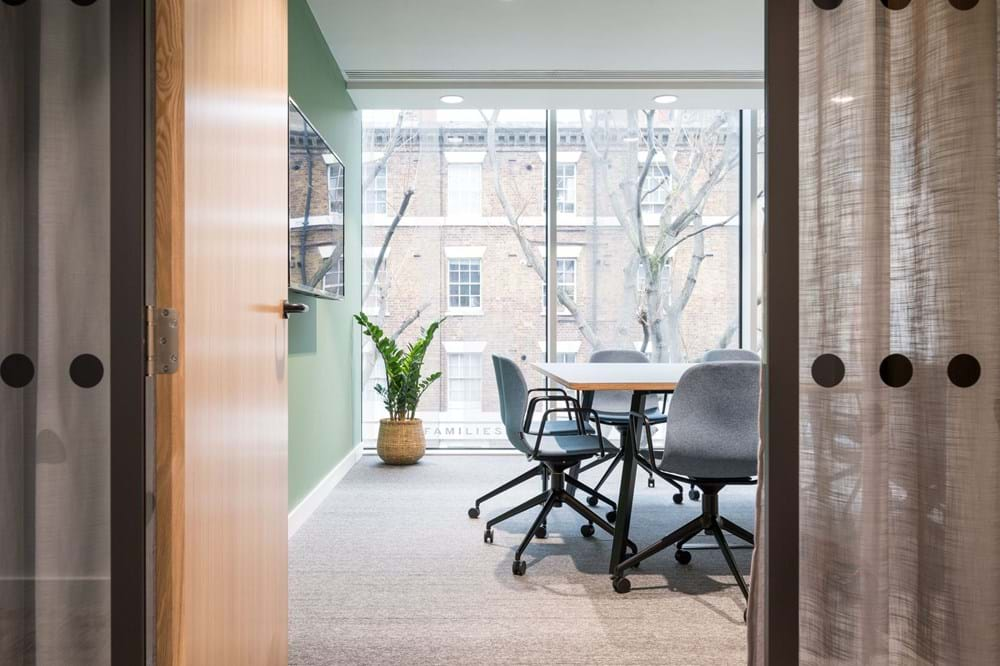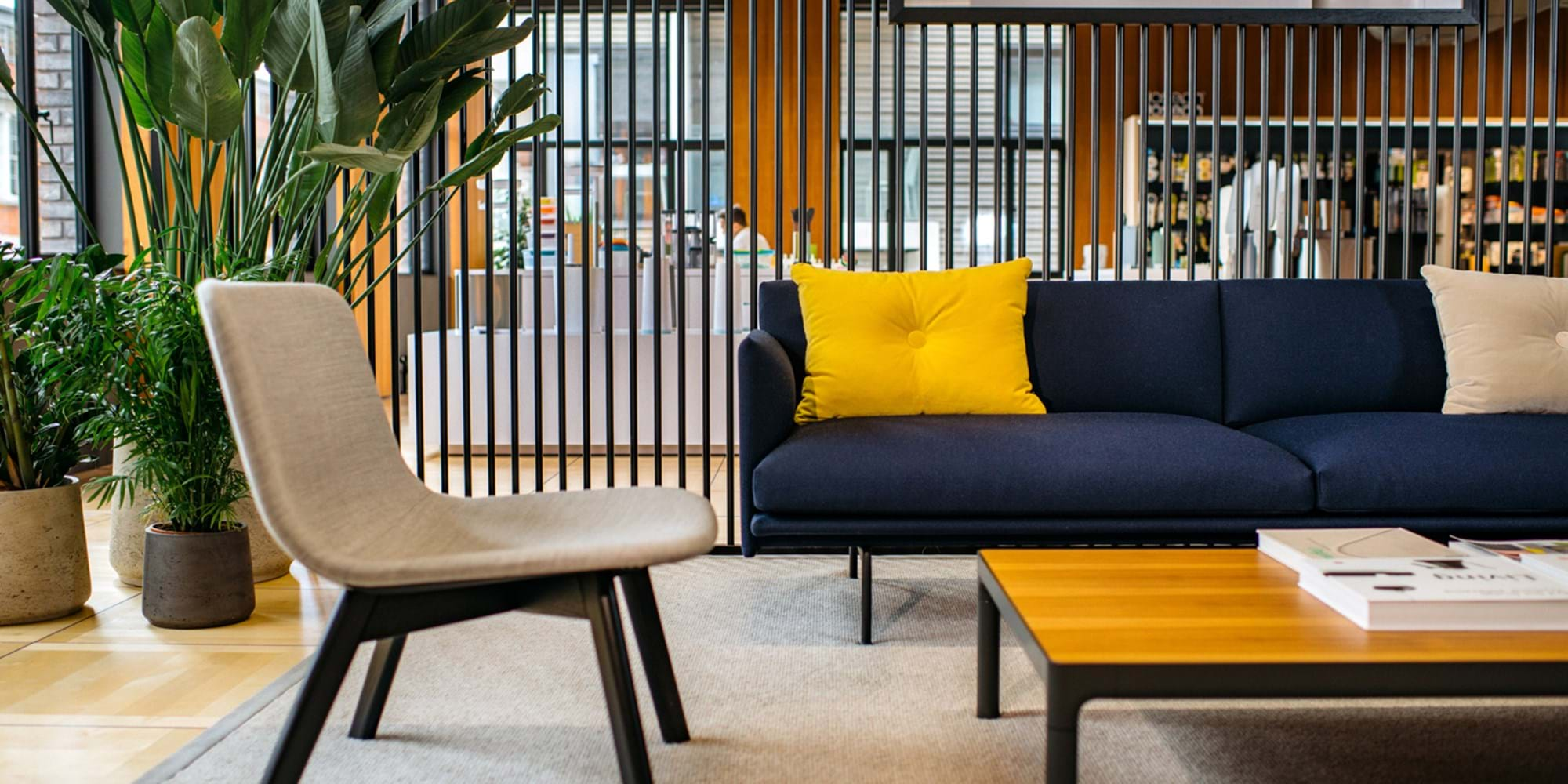The three realities shaping the future of workplace strategy
Since Cushman & Wakefield’s publication of “Workplace Ecosystems of the Future” in early 2021, much of the world finds itself in a different place relative to the global pandemic. Variants continue to impact communities—certainly no one has declared victory. Still, in many locations, life looks and feels closer to life before 2020.
Their latest report, ‘Office of the Future – Revisited’ looks at three new realities, that have significant implications as organisations experiment and develop new workplace strategies.

These realities are as follows:
REALITY ONE: Demand for office space is accelerating. An improving economy paired with strong office-using employment growth is driving office space demand. Leaders recognise the value of bringing employees together, even if less frequently. Tenants are taking advantage of a favourable market with an eye to long-term space needs, especially the technology, financial services, healthcare, and life sciences industries.
REALITY TWO: Hybrid is here to stay. Now is the time to embrace hybrid, close expectations gaps between leaders and employees and cultivate a common understanding to optimise employee experiences. Organisations must answer “what does hybrid mean for us,” or run the risk of eroding employee engagement and business performance.
REALITY THREE: The role of the office has changed. Culture, collaboration, and innovation now drive the office’s purpose. As offices and portfolios built for another time catch up to new needs, it’s forcing different kinds of business conversations and relationships between leadership, and employees around the workplace.

A closer look:
REALITY ONE: OFFICE SPAC E IS STILL IN DEMAND
Demand is returning—and as with most office cycles, it is being driven by job creation. In less than two years since the onset of the pandemic much of the world has returned to prepandemic employment levels. By comparison, it took nearly three times as long after the Great Financial Crisis of the late 2000s for employment to return to pre-recession numbers.
- Gateway city leasing activity: Q1 2021 vs. Q1 2022 in London is up by 87% according to Cushman & Wakefield Research.
REALITY TWO: HYBRID IS HERE TO STAY
In terms of Health and Wellbeing, Cushman & Wakefield’s Experience per Square FootTM (XSF) survey data shows that mental health and wellbeing improves when employees are working in the office frequently. To ensure employees have these positive in-office experiences, the office needs to be a destination that supports social connection and emotional wellbeing for employees.
When it comes to employee engagement data from Cushman & Wakefield’s research shows that the companies with the most engaged employees are – and will continue to be – the ones that provide their employees workplace choices.
Ultimately To succeed, companies need to close the expectation gap between leadership and employees related to hybrid working and the purpose of the office. Without similar expectations across all employee groups around the balance between in-office and remote work, organizations run the risk of making planning decisions that hinder and even potentially damage employee and company performance.
REALITY THREE: THE ROLE OF THE OFFICE HAS CHANGED
In a survey of CoreNet Global members, when asked about the primary role of the office post pandemic, 70% of respondents identified the office as the centre of creativity and innovation and the best place to build company culture. As organisations shift to focus more on these purposes, they will de-emphasize individual dedicated desks and private offices in favour of creating more collaborative and specialty spaces.
It appears the shift will not always necessarily reduce space per employee ratios as we are seeing many organisations reimagining space to emphasize collaboration while still utilizing similar amounts of square footage. In fact, strong job growth has spurred many companies to add office space to house a larger workforce, even if in a more agile manner. Regardless of space allocation, the office will require a new type of flexibility: one focused on personal choice, permission, and trust.
This article is based on a research piece ‘Office of the Future Revisited’ authored by Cushman & Wakefield. Click here to download the full research paper.
